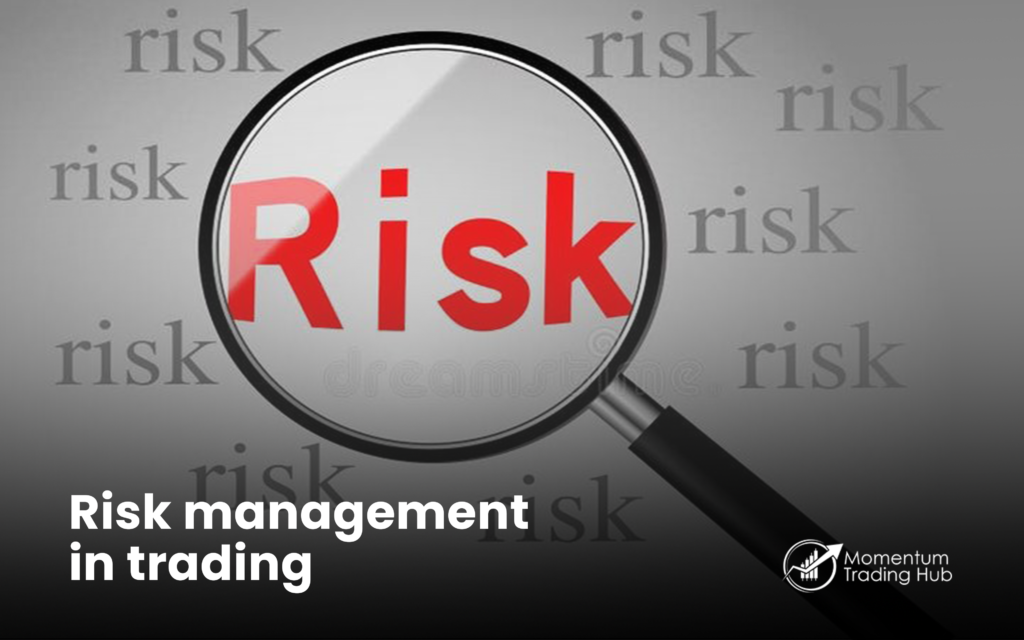Risk management is a critical component of successful trading. It involves identifying, assessing, and prioritizing risks to minimize potential losses while maximizing returns. Here’s an in-depth look at the importance of risk management and strategies to implement it effectively.

In trading, risk refers to the potential for loss or negative outcomes. Every trade carries a certain level of risk, and understanding this is essential for maintaining a sustainable trading approach. Key types of risk include:
Effective risk management is vital for several reasons:
Position sizing determines how much capital to allocate to a particular trade. A common rule is to risk only a small percentage of your total trading capital on each trade—typically between 1% to 3%. This helps limit potential losses and ensures that a few bad trades won’t significantly impact your overall capital.
Stop-loss orders are essential tools for managing risk. They automatically close a trade when the price reaches a predetermined level, limiting potential losses. Here’s how to use them effectively:
Diversification involves spreading investments across different assets or markets to reduce risk. By not putting all your capital into one trade or asset, you can mitigate the impact of a poor-performing investment. Consider diversifying across:
The risk-to-reward ratio measures the potential profit of a trade relative to its potential loss. A favorable ratio (commonly 1:2 or 1:3) means that for every dollar risked, the potential reward is two or three dollars. This helps ensure that, over time, winning trades can offset losing ones.
Risk management is not a one-time effort. Regularly review your trades, strategies, and risk management practices to adapt to changing market conditions. Assess what works and what doesn’t, and make necessary adjustments to improve your approach.
Managing risk also involves psychological discipline. Traders must be able to accept losses as part of the trading process. Here are some tips to develop the right mindset:
Risk management is essential for every trader, regardless of experience level. By understanding the types of risks involved and implementing effective strategies, you can protect your capital and enhance your trading performance. Remember, successful trading is not just about making profits; it’s also about managing risks wisely to ensure long-term success. Prioritize risk management in your trading plan to create a sustainable and profitable trading journey.
© 2025 Momentum Trading Hub